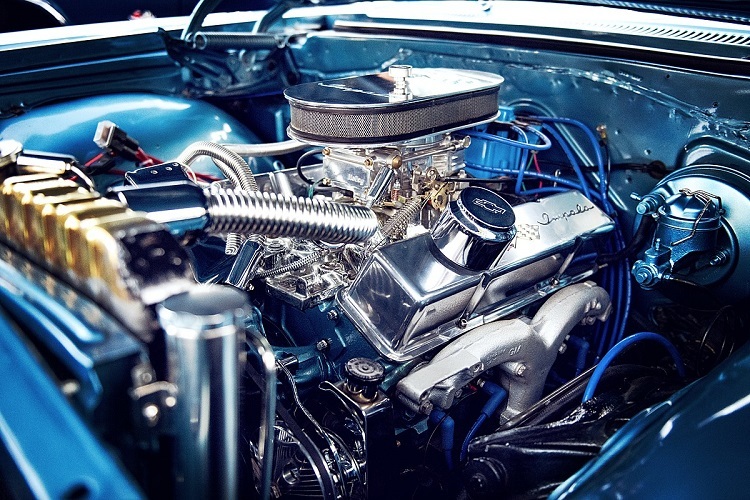Top 10 supercomputers
Twice a year, the TOP500 supercomputer ranking indicates that the machine can claim bragging rights as the most powerful in the world, often rapidly changing a title in the fast moving world of supercomputing. But the TOP500 list made public today is amazing for how little higher your score has changed since June. In fact, the computers of the top 11 have remained exactly the same.
That does not mean that there has been no progress in the face of supercomputing. The highest ranking supercomputer, the team at RIKEN K Japanese Institute of Advanced Computer Science in Kobe, was capable of 8.2 petaflops (that is 8.2 x 1015 floating point operations per second) in June while in the ranking published today which broke the barrier of 10 petaflops by 10.5 petaflops.
TOP500 ranking supercomputers When June came, we found that the team nudged K had of China Tianhe-1A, the previous record holder, and we anticipate that K would keep the team title for a year or two, maybe. So it is gratifying to see that, indeed, remained the number one position in the list announced today. Of course, in the spectrum that we like to look beyond the mere classification of the speed and the pursuit of greater trends in high performance computing.
Last June, for example, told us about the speed at which advances supercomputing. And in November 2010, we talked with the University of Tennessee professor Jack Dongarra, a computer scientists behind the TOP500 supercomputer list, who noted that both the number one and three the number of machines at once (two of which were Chinese) have heterogeneous architectures that combine multi-core CPU to GPU to achieve its impressive power calculation. So the message that last year certainly seemed to be that heterogeneous designs the ticket to high-powered, energy efficient computing.
Ranking this year, however, this conclusion in question. The team K contains 68,544 eight-core SPARC64 CPUs VIIIfx without GPUs. However, the machine is, however abundant energy efficient, being capable of performing 830 megaflops per watt of energy expended. In comparison, the Tianhe-1A (now ranked No. 2 in the calculation speed) offers magaflops only 635 per watt. The fourth rank Dawn TC3600 system, also built in China and also by using a combination of CPU and GPU, is even worse when judged from the standpoint of energy efficiency: 493 megaflops per watt. The most efficient machine in the list, the Blue Gene / Q prototype of IBM Thomas J. Watson Research Center in Yorktown Heights, New York, which uses multi-core CPUs only, you can perform more than 2. 000 megaflops per watt.
So we were wrong a year ago to suggest that heterogeneous architectures were the way forward? Maybe not. While not compete with the Blue Gene / Q prototype, the most energy efficient supercomputer of the 10 fastest supercomputers in today’s qualifying is number 5 in terms of computational speed in general: Tsubame 2.0 system at the Institute of Tokyo Information Technology and Global Scientific Computing Center, and the system that uses both the CPU and GPU.
In fact, a ranking of supercomputers worlds top energy efficiency offers a mixed picture, with some of the most energy efficient machines using GPUs, CPUs well and others not. Given the importance of energy efficiency for the future of supercomputer, it seems that the ideal architecture to build super-powerful computer equipment is still in play.
Learn more about the functionalities and capabilities of the top ten supercomputers on this website: https://www.news4public.com/














